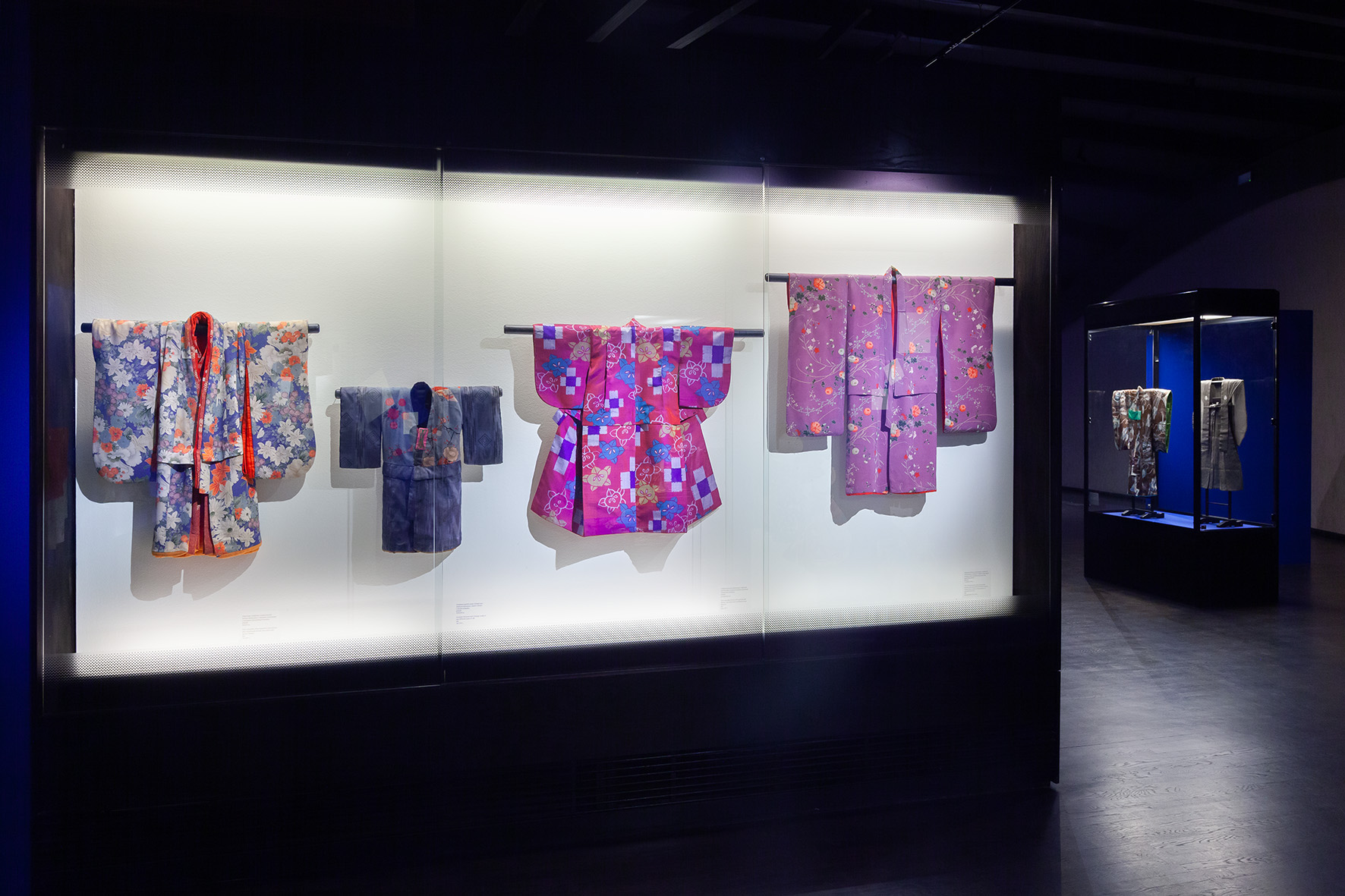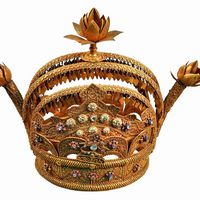Exhibition: "Children's Kimono from the Collection of Kazuo Nakano"

 Until 25 August 2019, the Manggha Museum of Japanese Art and Technology in Kraków, Poland, an ASEMUS member, presents an exhibition entitled "Kodomo no kimono: Children's Kimono from the Collection of Kazuko Nakano".
The exhibition presents 160 children’s kimono from the Edo, Meiji and Taisho eras, belonging to the Kazuko Nakano collection, most of which are presented for the first time in Europe.
Kazuko Nakano has been collecting children’s kimono since her young days, with nearly a thousand items in her collection by now, ranging from those dating back to the Edo period (1600–1868) to modern-day garments. Everyday attire, samurai kamishimo, and kimono from the time of World War II – all of these can be found in the collection, in children’s sizes of course. Ms Nakano’s passion for collecting has enabled the exhibition's curator, Csilla Schmitt, to take a close look at and gain insight into the world of these miniature works of art, and also to show them to an interested public through a series of exhibitions.
The diverse collection gives visitors a glimpse of the fashion, but also of the everyday life of ages past. What we find here is not just sophisticated festive attire worn on special occasions, but also everyday garments, worn out and patched up, with signs of recycling. There are also motifs from adults’ kimono which do not befit children’s clothing but have nonetheless been remade into it. These kimono do not represent the level of perfection usually attained in industrial manufacture.
Made with the use of complicated techniques, the kimono take us into the world of symbols, fantastic creatures and myths that in most cases remain hidden from the Western eye in our time. They are genuine works of art, with a great variety of decorative motifs, and can be perceived as a kind of embroidered wish list with which the parents equip their children for their future lives. This deeply symbolic language refers us to desire for happiness, longevity, success, wealth, wisdom, ability, strength, persistence, and beauty.
For additional information about the exhibition, please visit http://manggha.pl/en/exhibition/kodomo-no-kimono-2019
Until 25 August 2019, the Manggha Museum of Japanese Art and Technology in Kraków, Poland, an ASEMUS member, presents an exhibition entitled "Kodomo no kimono: Children's Kimono from the Collection of Kazuko Nakano".
The exhibition presents 160 children’s kimono from the Edo, Meiji and Taisho eras, belonging to the Kazuko Nakano collection, most of which are presented for the first time in Europe.
Kazuko Nakano has been collecting children’s kimono since her young days, with nearly a thousand items in her collection by now, ranging from those dating back to the Edo period (1600–1868) to modern-day garments. Everyday attire, samurai kamishimo, and kimono from the time of World War II – all of these can be found in the collection, in children’s sizes of course. Ms Nakano’s passion for collecting has enabled the exhibition's curator, Csilla Schmitt, to take a close look at and gain insight into the world of these miniature works of art, and also to show them to an interested public through a series of exhibitions.
The diverse collection gives visitors a glimpse of the fashion, but also of the everyday life of ages past. What we find here is not just sophisticated festive attire worn on special occasions, but also everyday garments, worn out and patched up, with signs of recycling. There are also motifs from adults’ kimono which do not befit children’s clothing but have nonetheless been remade into it. These kimono do not represent the level of perfection usually attained in industrial manufacture.
Made with the use of complicated techniques, the kimono take us into the world of symbols, fantastic creatures and myths that in most cases remain hidden from the Western eye in our time. They are genuine works of art, with a great variety of decorative motifs, and can be perceived as a kind of embroidered wish list with which the parents equip their children for their future lives. This deeply symbolic language refers us to desire for happiness, longevity, success, wealth, wisdom, ability, strength, persistence, and beauty.
For additional information about the exhibition, please visit http://manggha.pl/en/exhibition/kodomo-no-kimono-2019
Similar content
03 Jun 2015 - 13 Sep 2015
01 Dec 2014 - 17 May 2015
06 Sep 2019 - 12 Oct 2019
13 Oct 2019 - 17 Nov 2019

